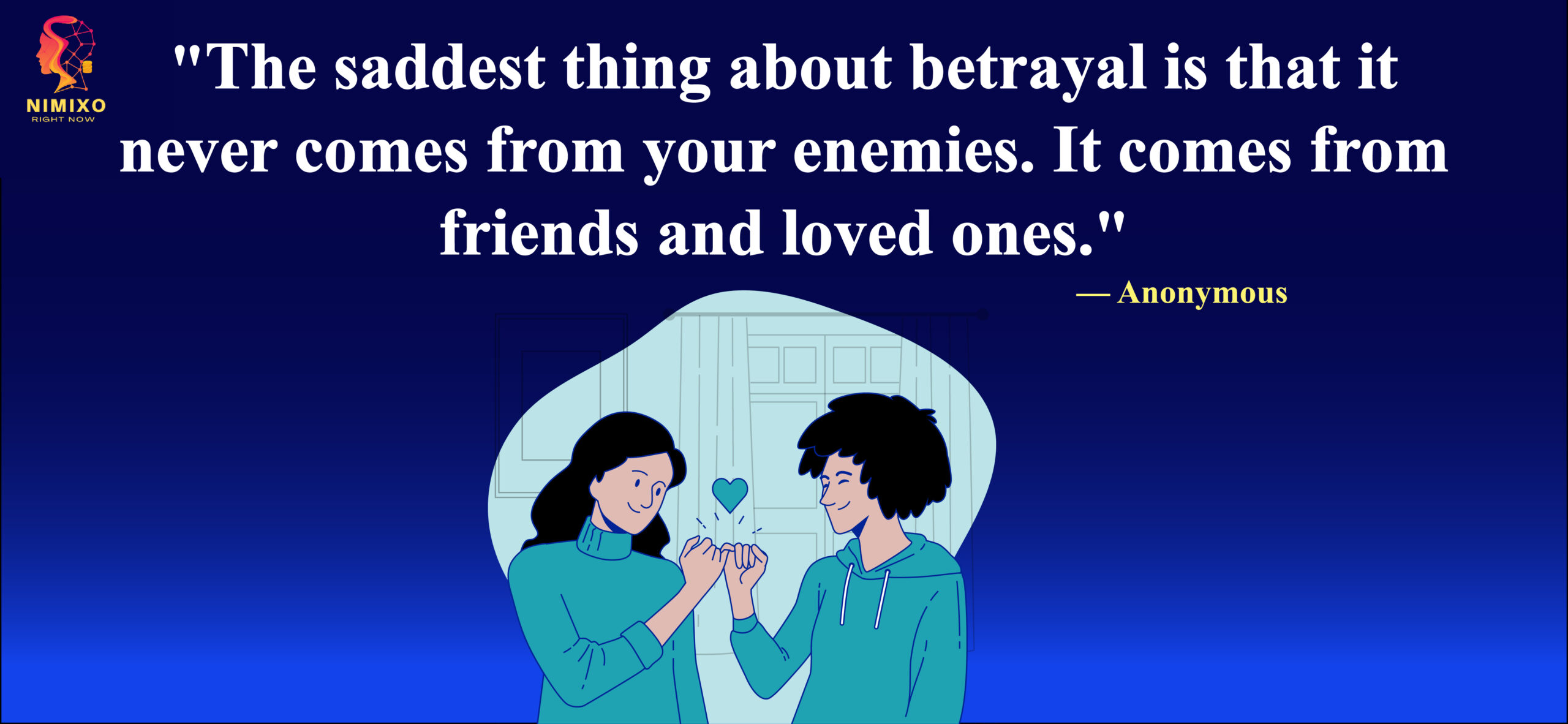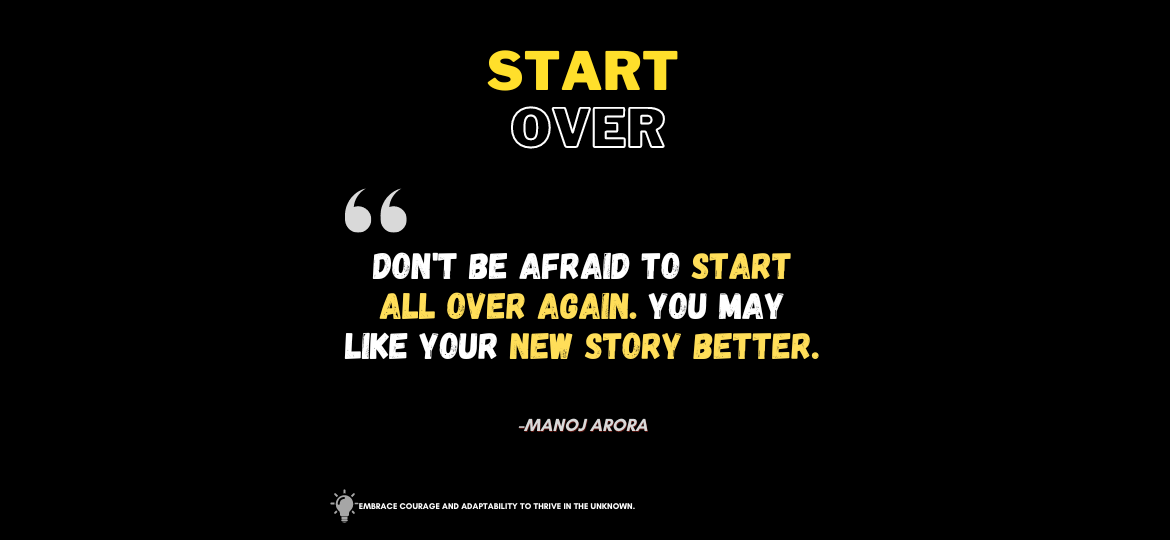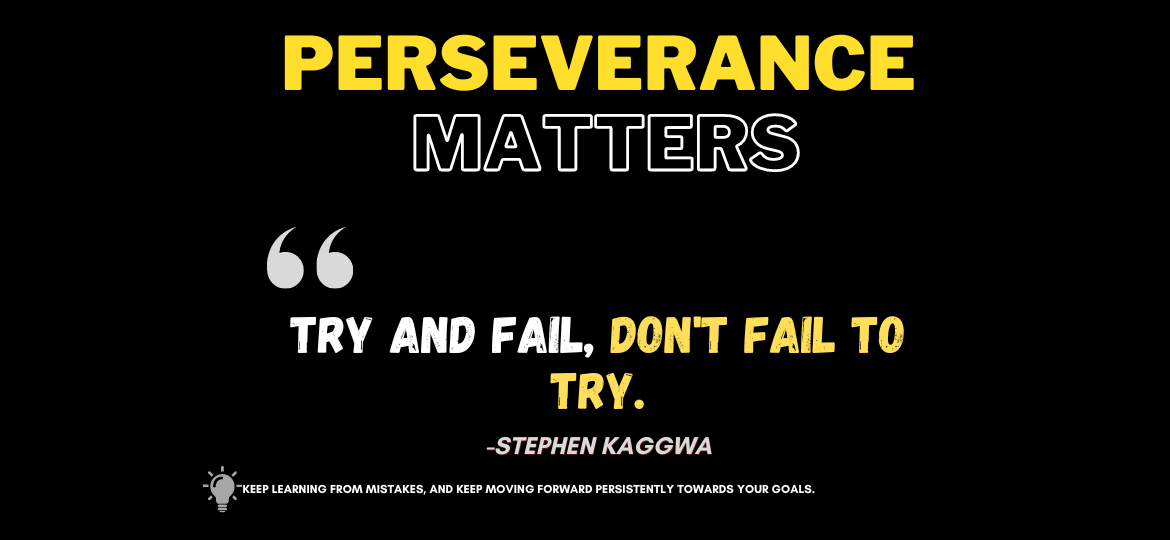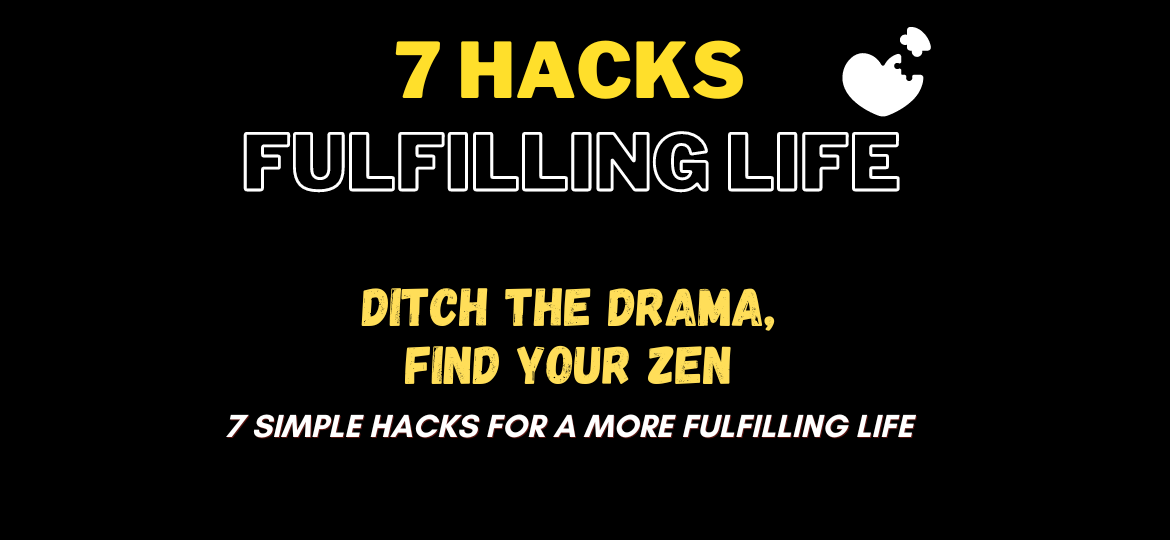Understanding the Heartbreak of Betrayal
In the intricate dance of human relationships, few wounds cut as deep as the sting of betrayal. “The saddest thing about betrayal is that it never comes from your enemies. It comes from friends and loved ones, from Erica Jong” This poignant truth encapsulates the heartache that reverberates through the corridors of our lives when trust is shattered, not by those we expect to harm us, but by those we hold closest.
The Shattered Trust: When Loved Ones Become Strangers
Deception possesses the ability to extend a substantial, sombre silhouette across the terrain of our feelings. It resembles an emotional seismic event, jolting the fundamental structures of our convictions and compelling us to traverse the debris of shattered trust. The acknowledgment that an individual we held dear and relied upon has transformed into the origin of our suffering is a harsh reality to accept.
The Anatomy of Betrayal: Understanding the Dynamics
To heal, we must first understand. Betrayal often stems from a complex interplay of circumstances, insecurities, and sometimes, the unforeseen challenges life throws our way. It’s crucial to acknowledge that betrayal is a reflection of the betrayer’s struggles, not a measure of our worth.
The Cause and Effect of Partner Betrayal Trauma
The Path to Healing: Navigating the Aftermath with Grace
The aftermath of betrayal is a tumultuous sea of emotions – anger, grief, confusion, and often, a profound sense of loss. It’s essential to allow ourselves the space to feel and process these emotions. Healing is not a linear journey; it’s a mosaic of small steps towards acceptance and forgiveness.
In conclusion, the pain of betrayal is a universal human experience, transcending cultural, social, and economic boundaries. Yet, within the shadows of heartbreak lies the potential for profound growth and resilience. Let this be a call to empathy, understanding, and the collective strength that arises when we navigate the shadows together.





